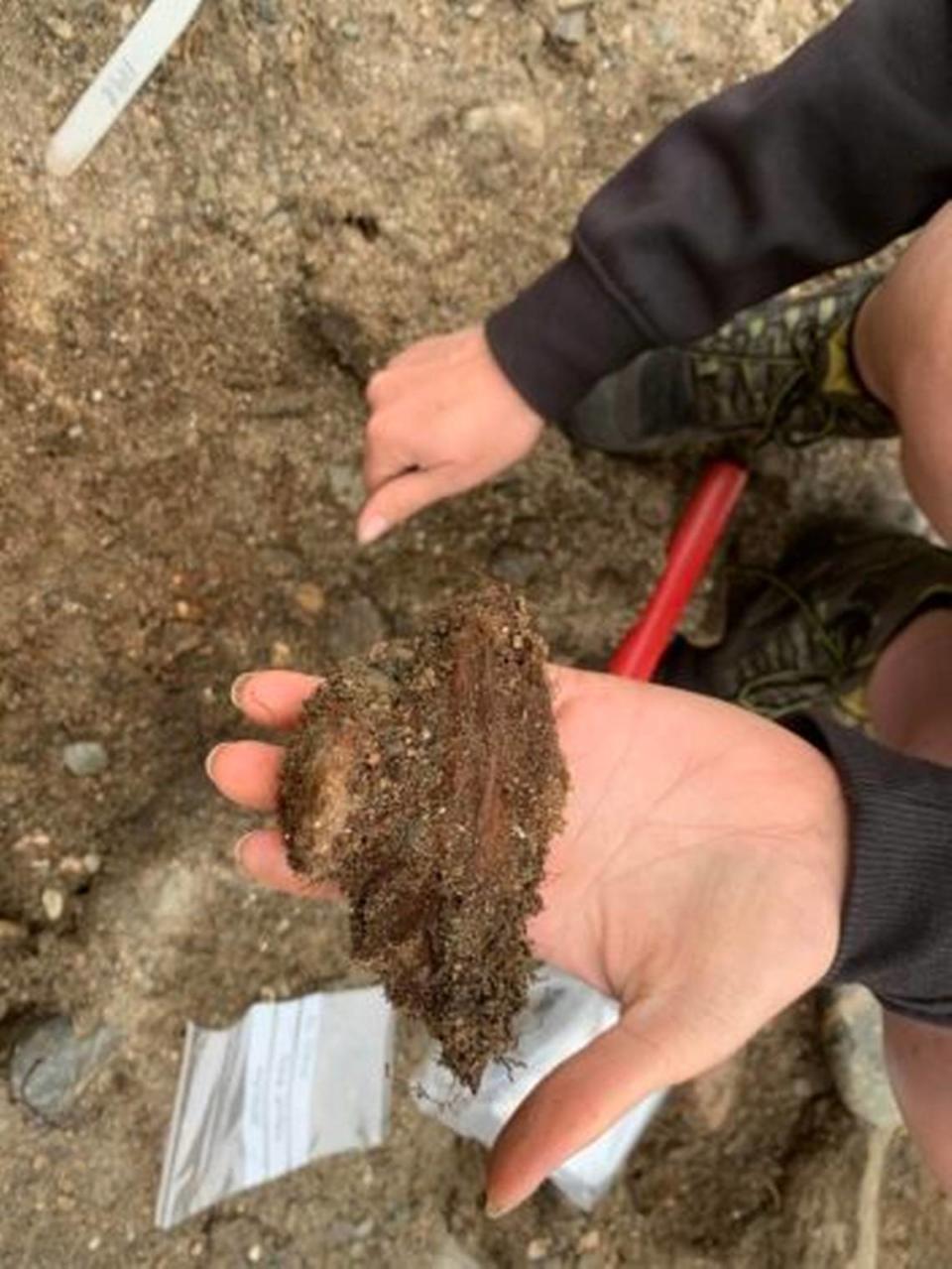Huge burial mound in Norway stumped archaeologists. Now they know what’s inside
A group of archaeologists trekked along a grassy hill in Norway. Wielding a metal detector, the group was in search of anything that might tell them what’s beneath them, and how old it is.
The group wasn’t just searching any hill, though. They were atop Herlaugshaugen, a burial mound on the island of Leka believed to be the final resting place of the ancient King Herlaug.
What they expected to be a minor investigation turned into something much bigger when the metal detector dinged and archaeologists discovered large ship rivets, indicating the mound was likely concealing a ship grave, the Norwegian University of Science and Technology said in a Nov. 13 news release via Norwegian SciTech News.

Now, researchers have determined that the nearly 200-foot-wide burial mound dates to much earlier than expected, around the year 700, the university said. The discovery marks the oldest known ship grave in the entirety of Scandinavia, placing the ship in a time known as the Merovingian period — and shifting experts’ entire timeline and understanding of ship building and maritime expertise.

Until this discovery, experts have linked the development of ships to the beginning of the Viking age, archaeologist Geir Grønnesby said in the release. The newly discovered ship burial indicates that people were building large ships much earlier than previously understood.
The Merovingian period is named after the Frankish ruling lineage known as the Merovingians and spanned from about 550 until 800, according to the Great Norwegian Encyclopedia. The era was a period of significant change, including shifts in burial practices, language, style and weapons.

Experts said the burial mound also is evidence of wealth and power, which might have resulted from long-distance trade.
The mound, which is one of the largest burials of its kind in Norway, was first excavated in the 18th century, the university said. Early excavations revealed a wall structure, iron nails, a bronze cauldron, animal bones and a seated skeleton holding a sword. But by 1920, the artifacts had vanished.
Grønnesby said the team plans to continue researching the burial mound, specifically its possible connection to similar burials in Norway.
Leka is an island along the northern coast of Norway in Trøndelag county and about 500 miles north of Oslo.
Google Translate was used to translate the news release from the Norwegian University of Science and Technology.
Metal detectorist finds deep buried object — and unearths trove of ancient treasure
Large 7-room building emerges from underwater. See the ruins from ancient Greece
Ancient settlement hidden under French city had warehouses and pipe systems. See it


